Names of Flowers in Hindi and English:
Arabian jasmine, Jasminum Sambac – मोगरा, मल्लिका – [Mogara, Mallika]
Scientific Name: Jasminum sambac
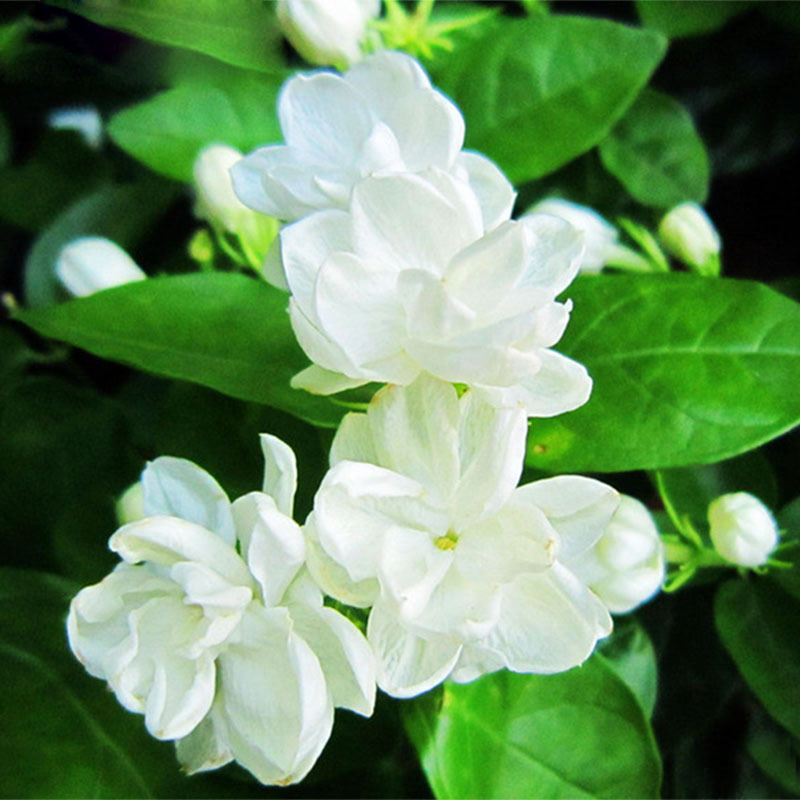
Jasmine – चमेली, चमेली के फूल, बेला – [Chamelee, Chamelee Ke Phool, Bela]
Jasminum
Jasminum
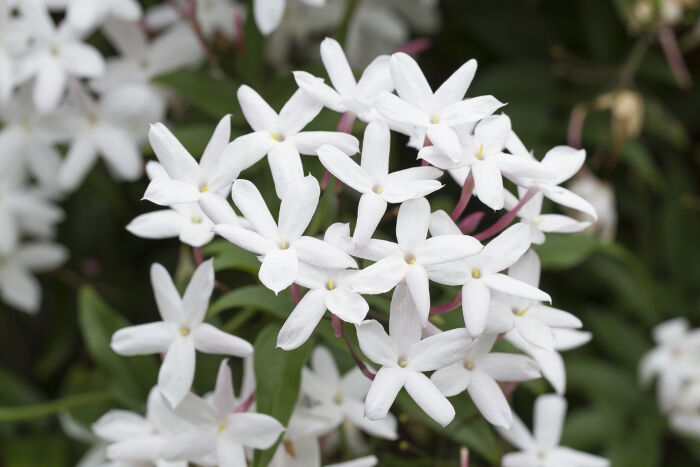
Night Blooming Jasmine, Night Flowering Jasmine – रात की रानी – [Raat Ki Rani]
Cestrum nocturnum
Cestrum nocturnum

Rose – गुलाब – [Gulab]
Rosa

Rosa

Lotus – कमल – [Kamal]
Nelumbo nucifera
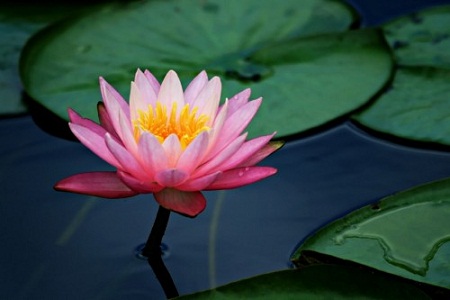
Nelumbo nucifera

Lily, Red Lotus – कुमुदिनी, कुमुद – [Kumudinee , Kumud]
Lilium
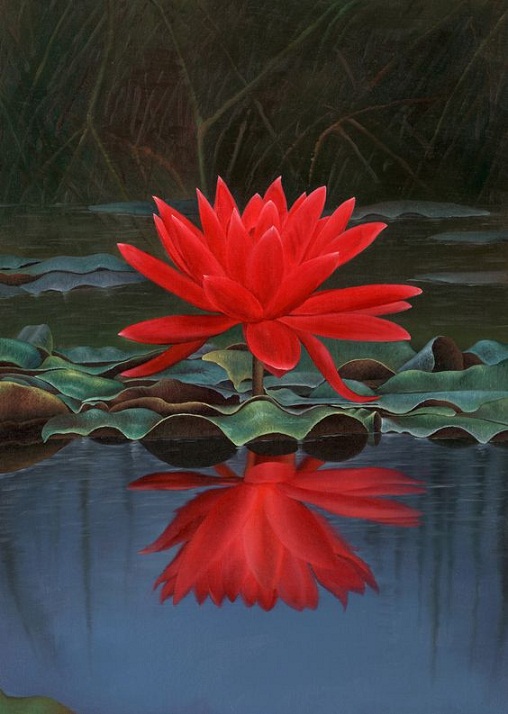
Lilium

Marigold – गेंदा, गेंदे का फूल – [Genda , Gende Ka Phool]
Tagetes
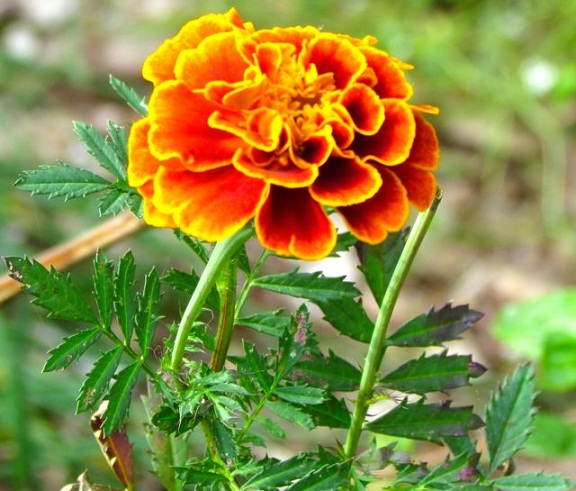
Tagetes

Hibiscus – गुढ़ल – [Gudhal]
Hibiscus rosa-sinensis
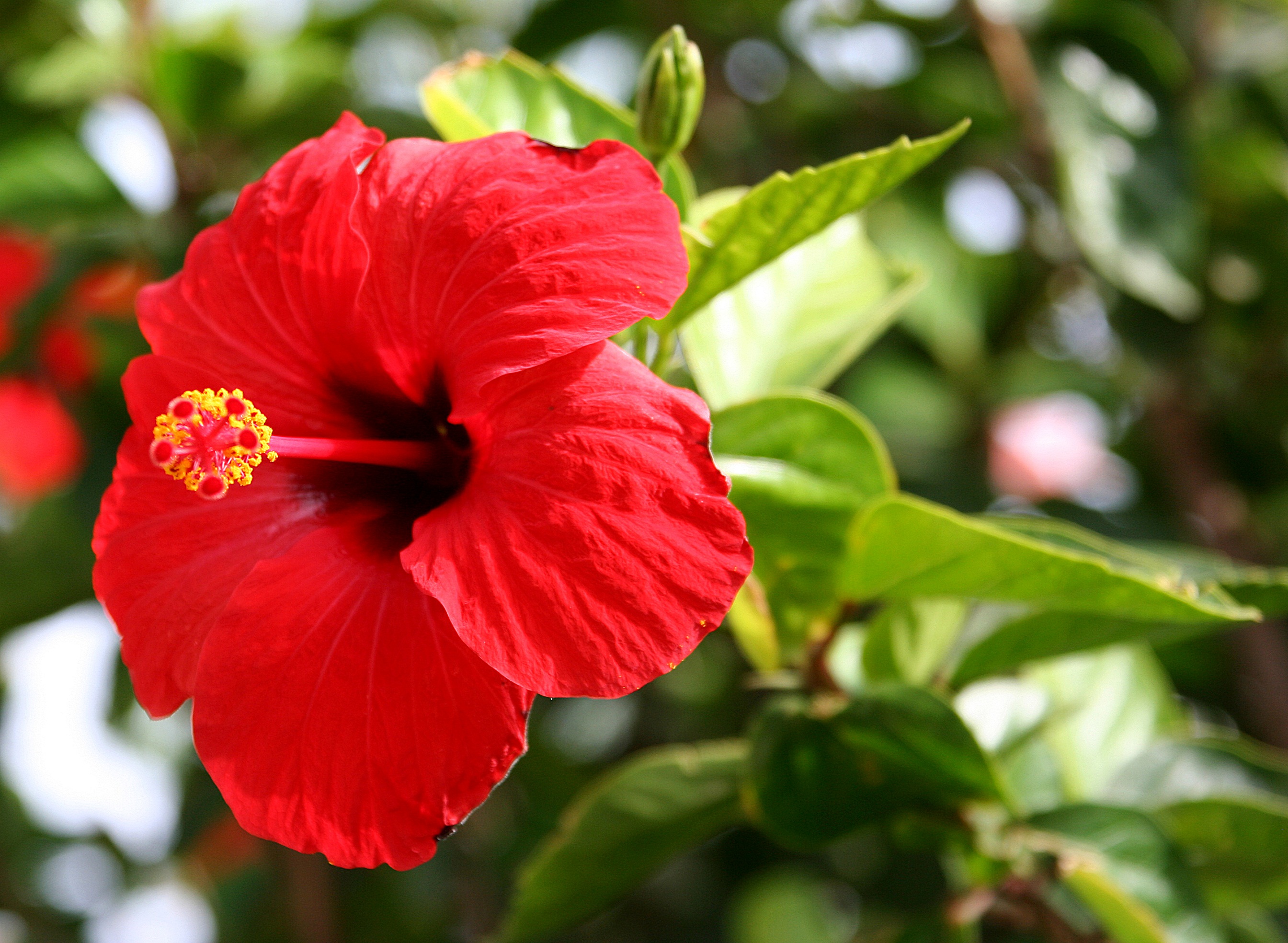
Hibiscus rosa-sinensis

Frangipani, Magnolia – चम्पा – [Champa]
Plumeria

Plumeria

Cypress Vine, Star Glory – कामलता
Ipomoea quamoclit
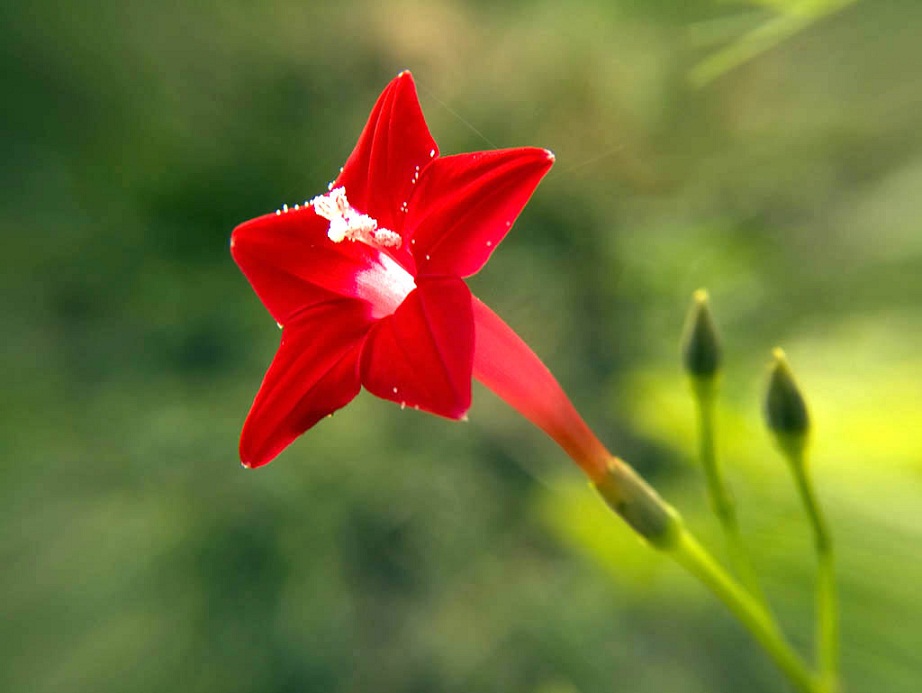
Ipomoea quamoclit

Sunflower – सूरजमुखी – [Surajmukhi]
Helianthus annuus

Helianthus annuus

Oleander – कनेर – [Kaner]
Nerium oleander
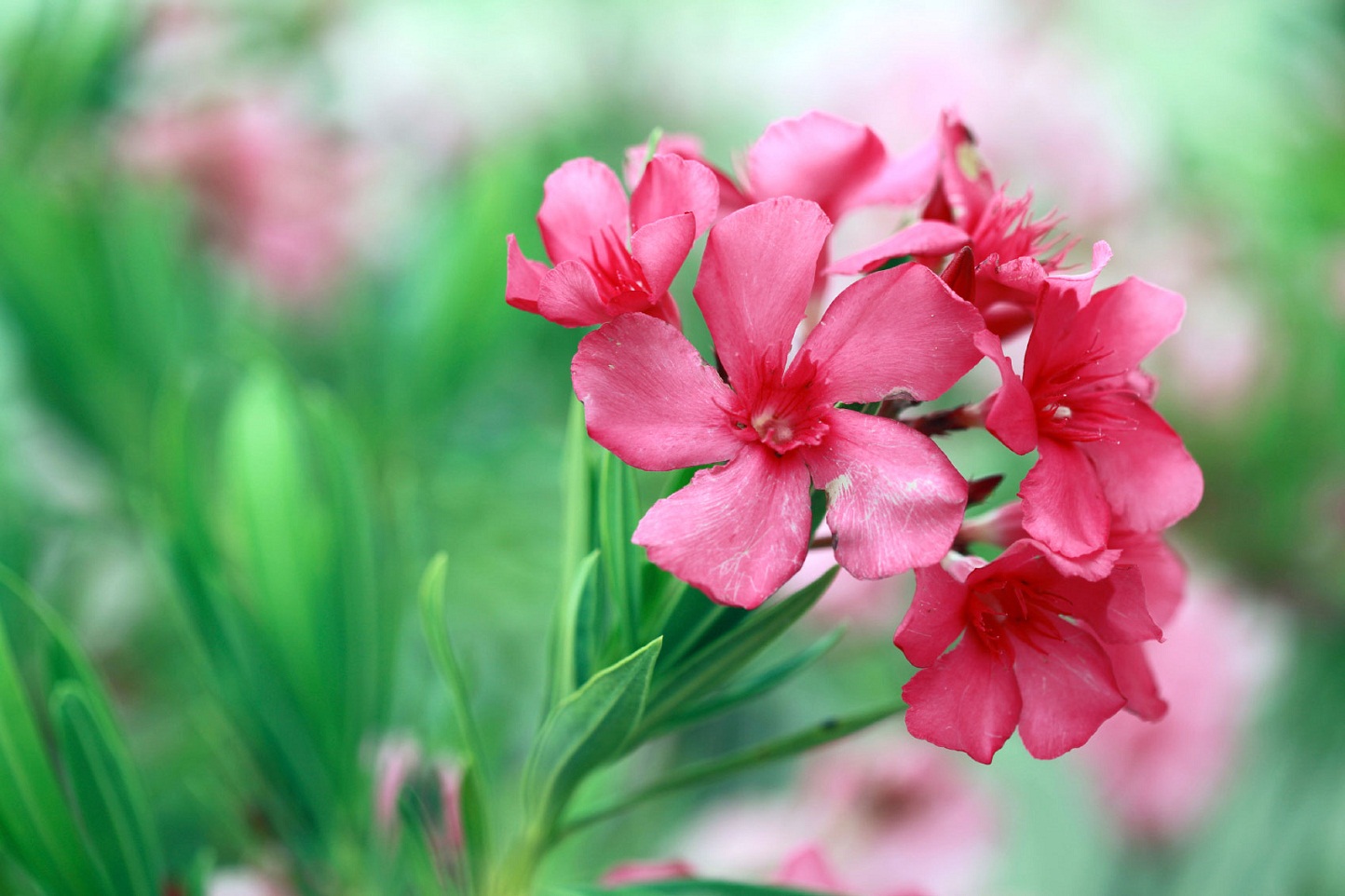
Nerium oleander

Periwinkle – सदाबहार – [Sadaabahaar]
Vinca
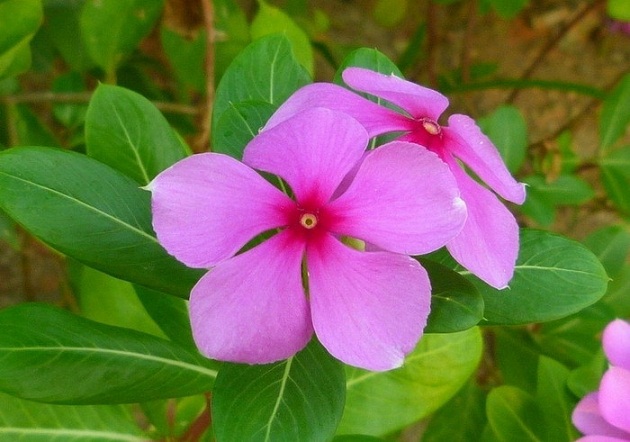
Vinca

Blue Water Lily – नीलकमल – [Neelkamal]
Nymphaea caerulea
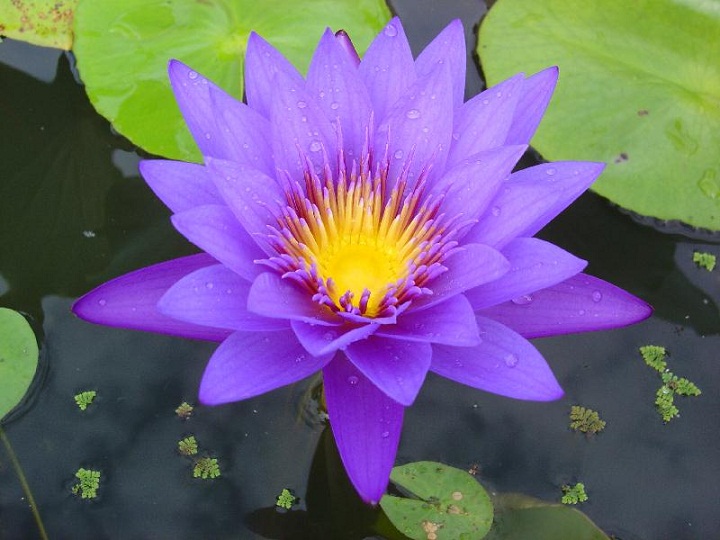
Nymphaea caerulea

Cobra Saffron – नाग चम्पा – [Naag Champa]
Mesua ferrea
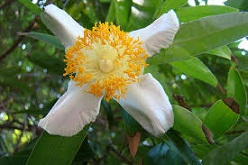
Mesua ferrea

Touch-Me-Not – छूईमूई – [Chhooeemooee]
Mimosa pudica
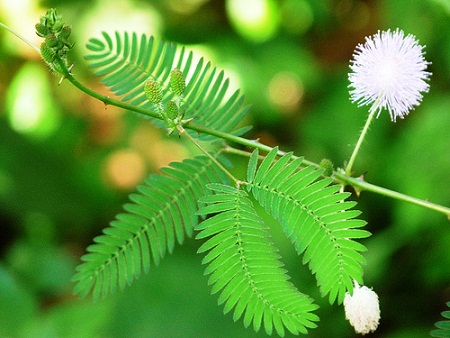
Mimosa pudica

Balsam – गुल मेहँदी – [Gul Mehandee]
Balsaminaceae
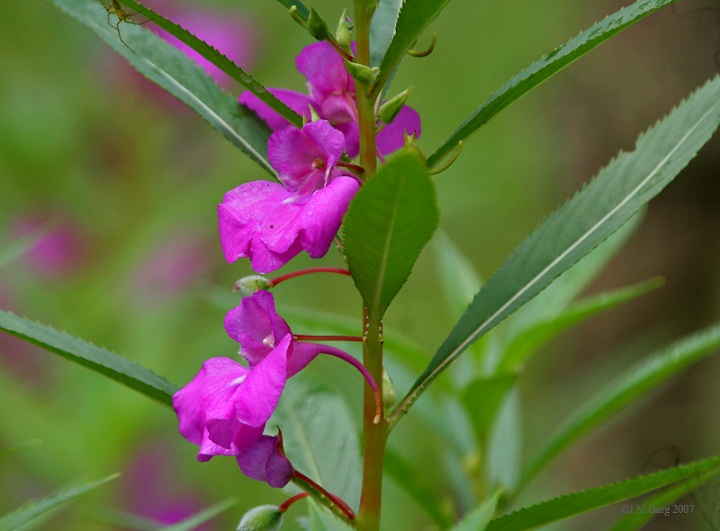
Balsaminaceae

Delonix Regia – गुलमोहर – [Gulamohar]
Delonix regia
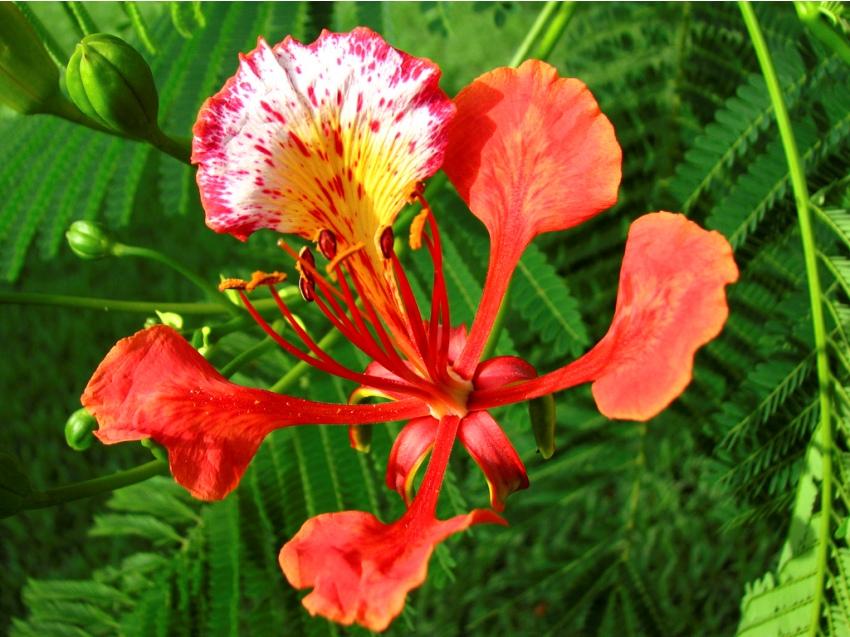
Delonix regia

Chrysanthemum – गुलदाउदी – [Guladaudee]
Chrysanthemum sp.
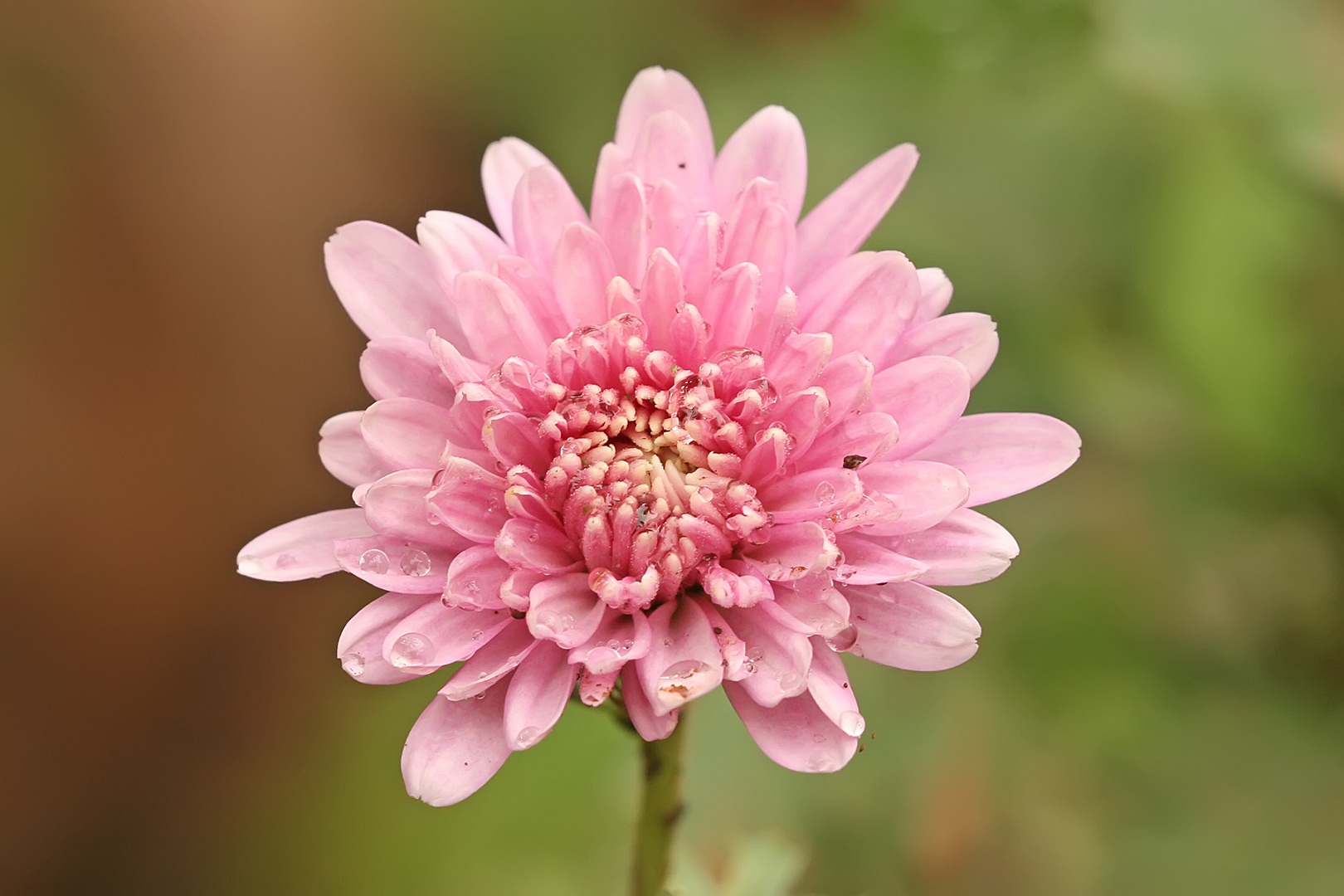

Daisy – गुलबहार – [Gulbahar]
Bellis perennis
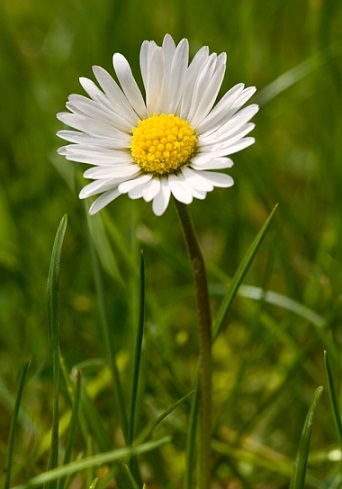
Bellis perennis

Erythrina – पारिजात – [Parijaat]
Kanaio Beach

Kanaio Beach

Flax – सन, पटसन – [San , Patasan]
Linum usitatissimum
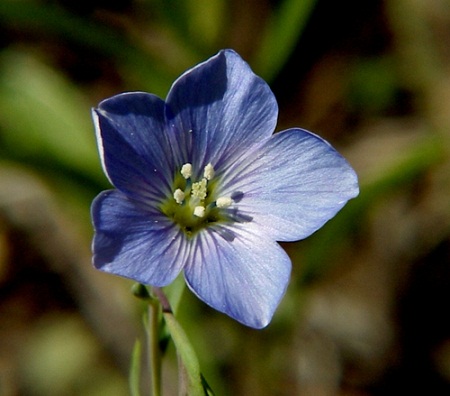
Linum usitatissimum

Hiptage – माधवी पुष्प – [Maadhavee Pushp]
H. benghalensis Kurz
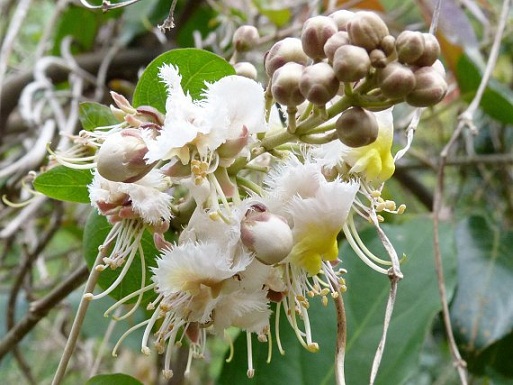
H. benghalensis Kurz

Mushroom – कुकुरमुत्ता, छत्रक, छत्ता – [Kukuramutta, Chhatrak, Chhatta]
Agaricus Bisporus

Agaricus Bisporus

Motia – मोतिया – [Motiya]
Jasminum sambac

Jasminum sambac

Murraya – कामिनी – [Kaaminee]
Murraya paniculata
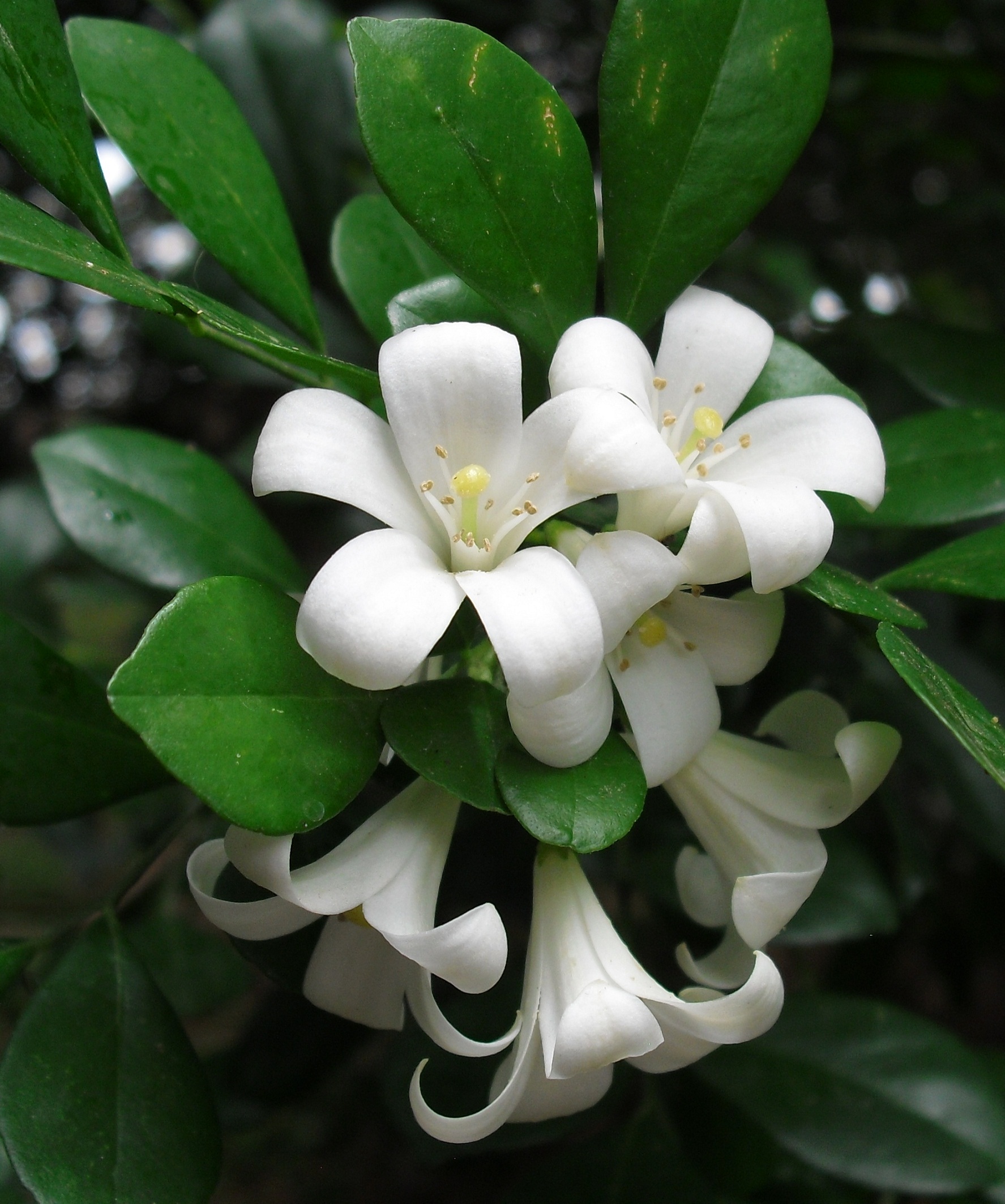
Murraya paniculata

Narcissus – नर्गिस – [Nargis]
Narcissus poeticus
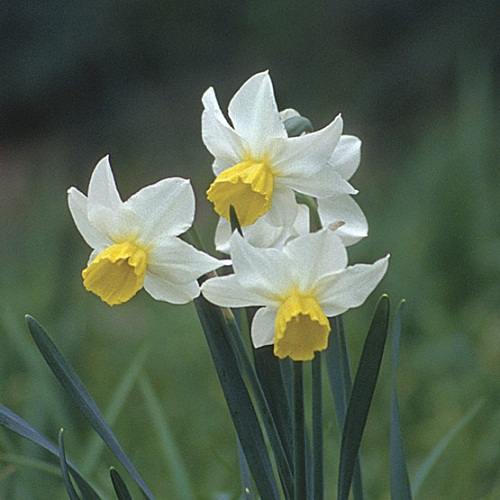
Narcissus poeticus

Pandanus – केतकी – [Ketaki]
Pandanus utilis
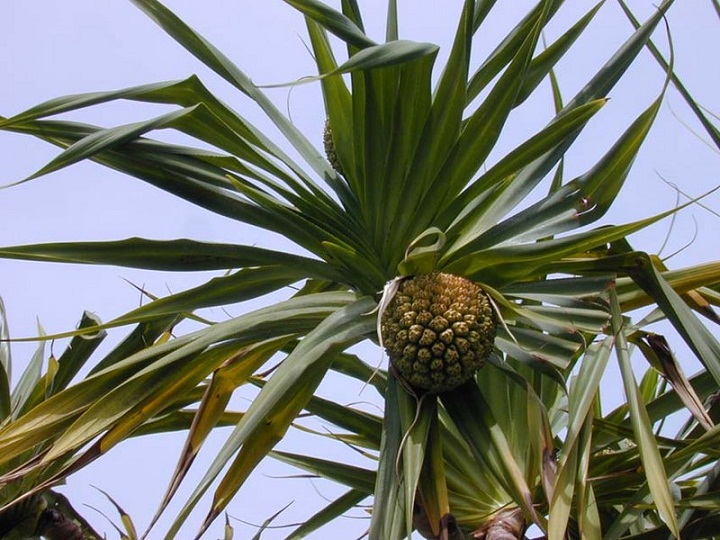
Pandanus utilis

Poppy – खसखस, अफ़ीम – [Khasakhas, Afeem]
Papaver somniferum
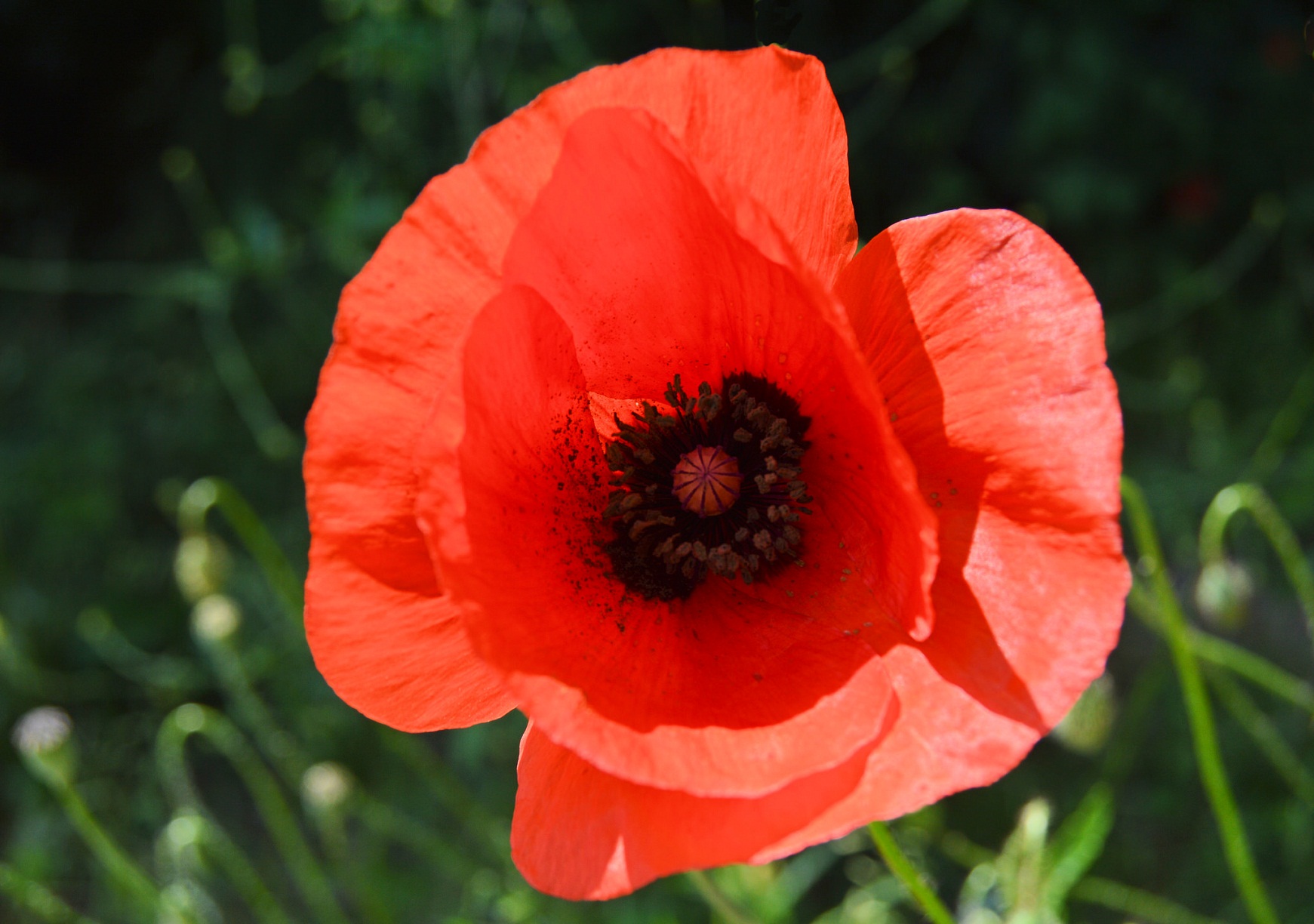
Papaver somniferum

Prickly Pear – नागफनी – [Naagfani]
Opuntia
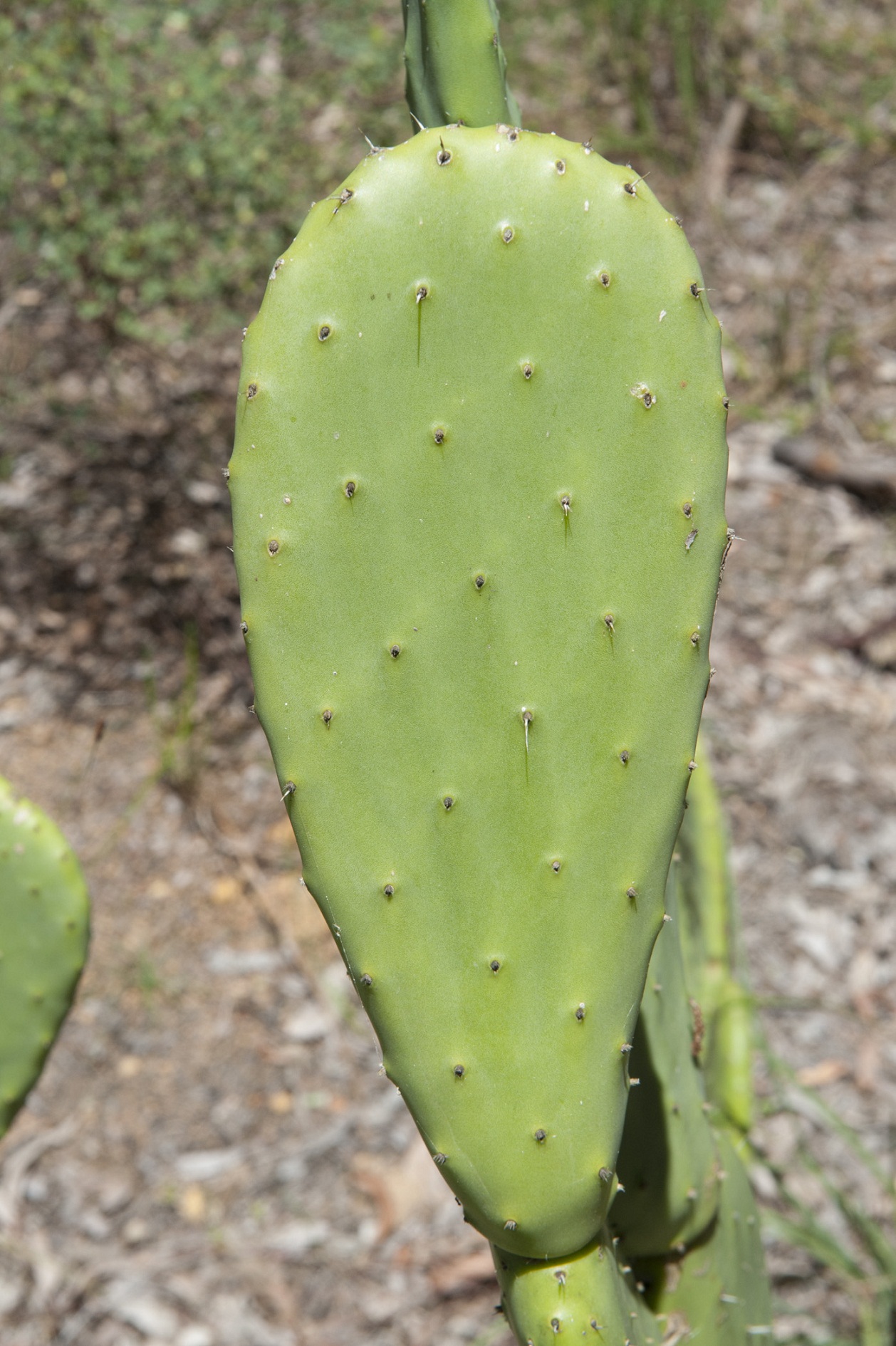
Opuntia

Stramonium, Datura – धतूरा – [Dhatoora]
Datura stramonium

Datura stramonium

Daffodil (डैफोडिल) – नरगिस – [Nargis]
Narcissus
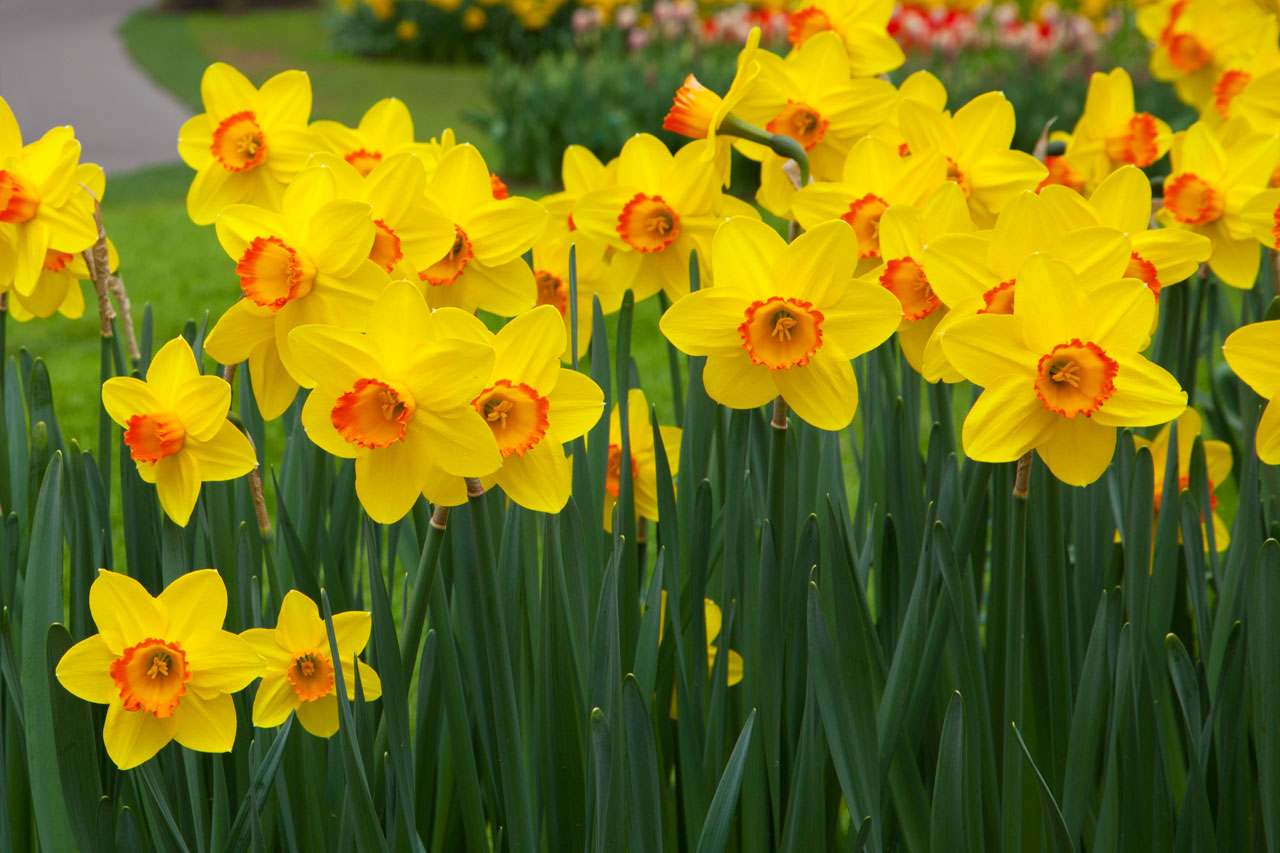
Narcissus

Tulip -ट्यूलिप, कन्द पुष्प – [Kand Pushp]
Tulipa
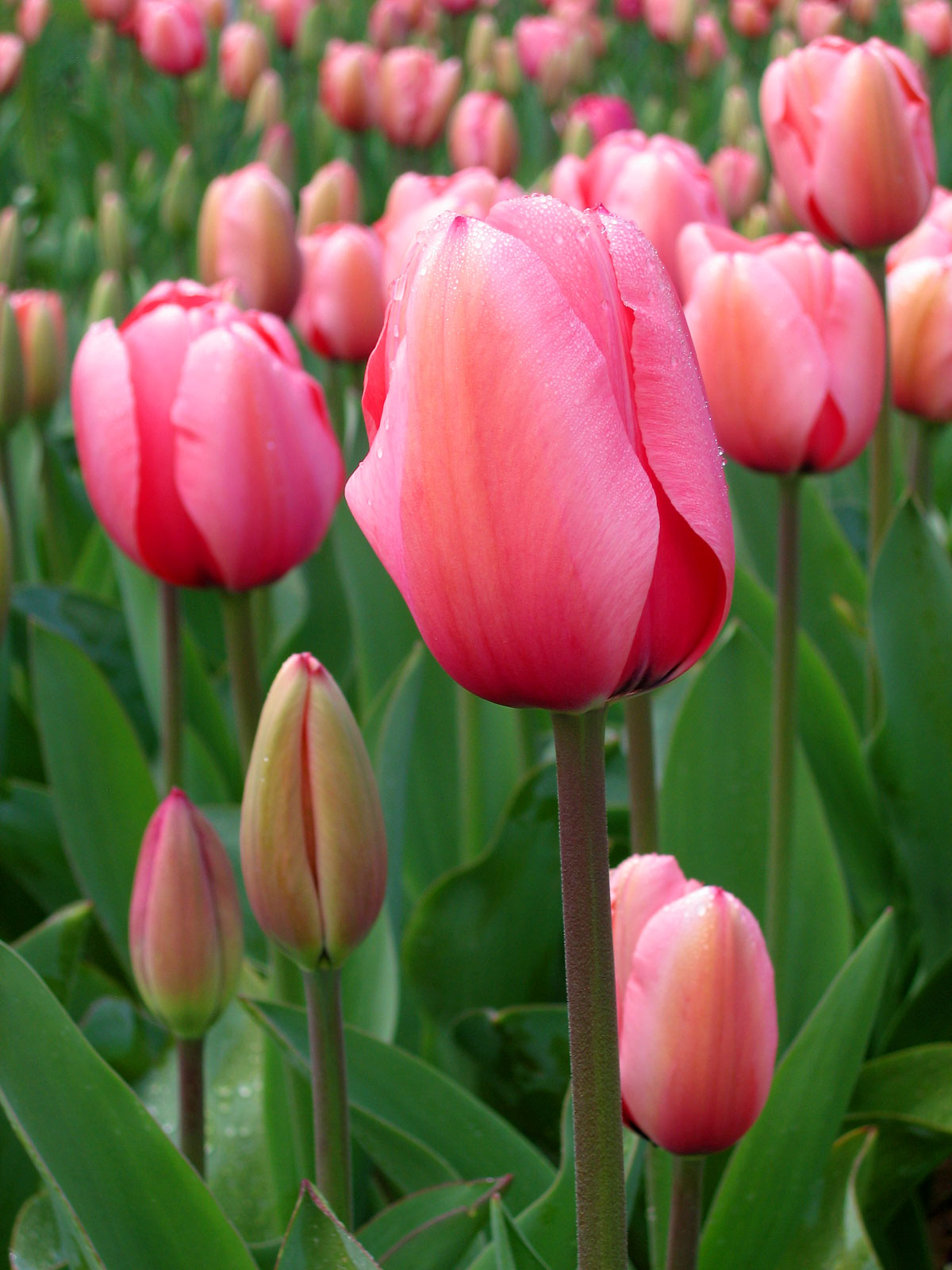
Tulipa

Hollyhock -गुलखैरा – [Gulkhaira]
Alcea
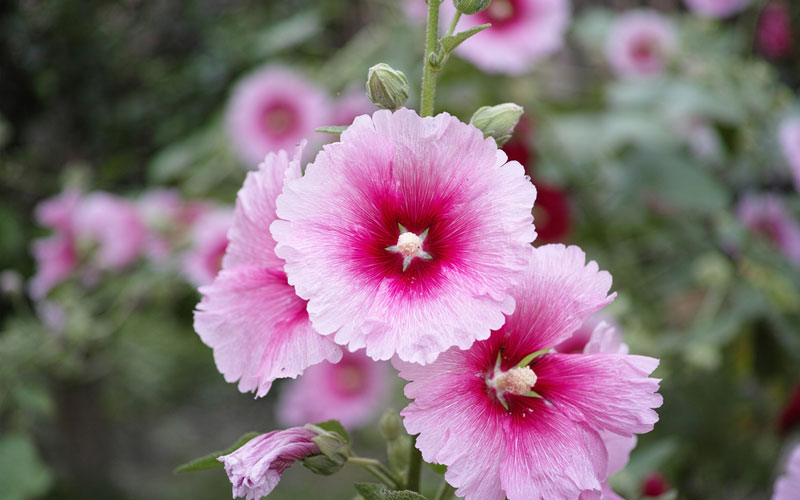
Alcea

Dahlia – डेहलिया, सूर्यमुखी कुल का फूल – [Dehaliya, Soorajamukhee Kul Ka Phool]
Dahlia pinnata
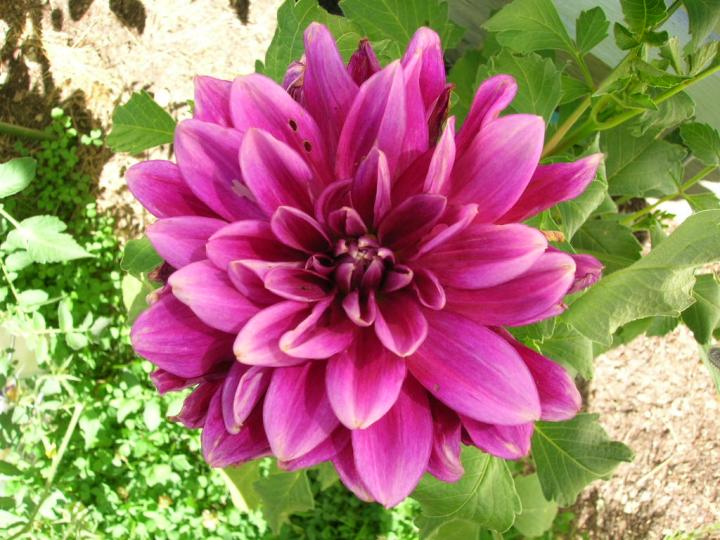
Dahlia pinnata

Lady’s slipper orchid -आर्किड फूल – [Aarkid Phool]
Cypripedioideae
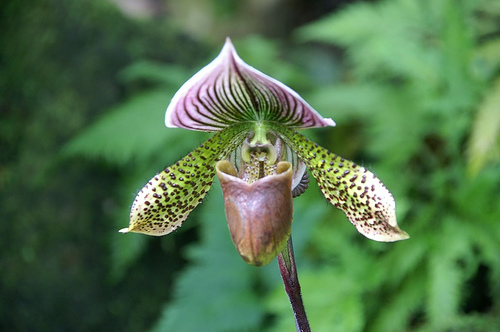
Cypripedioideae

Pansy – बनफूल, स्रीवत – [Banaphool, Sreevat]
Viola tricolor var. hortensis
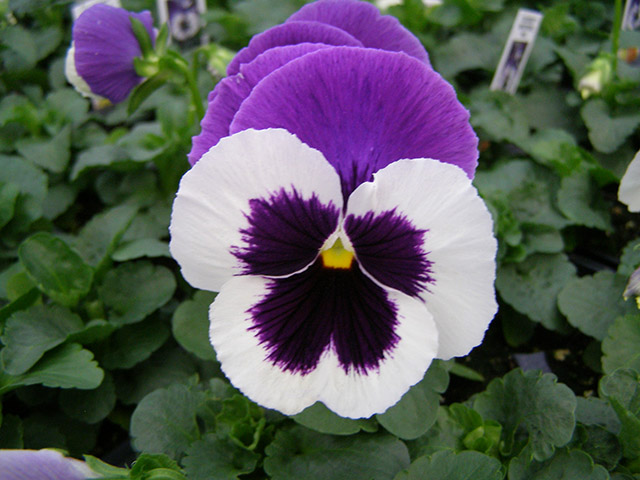
Viola tricolor var. hortensis

Bluestar -असोनिया – [Asoniya]
Amsonia tabernaemontana
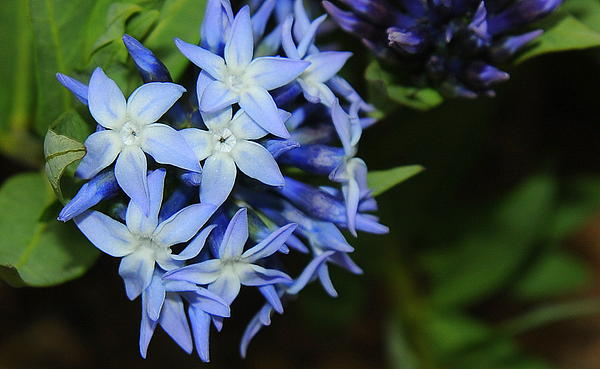
Amsonia tabernaemontana

Primrose -बसन्ती गुलाब – [Basnatee , Gulab]
Primula vulgaris

Primula vulgaris

Palash – पलाश, ढाक – [Palaash , Dhaak]
Butea monosperma
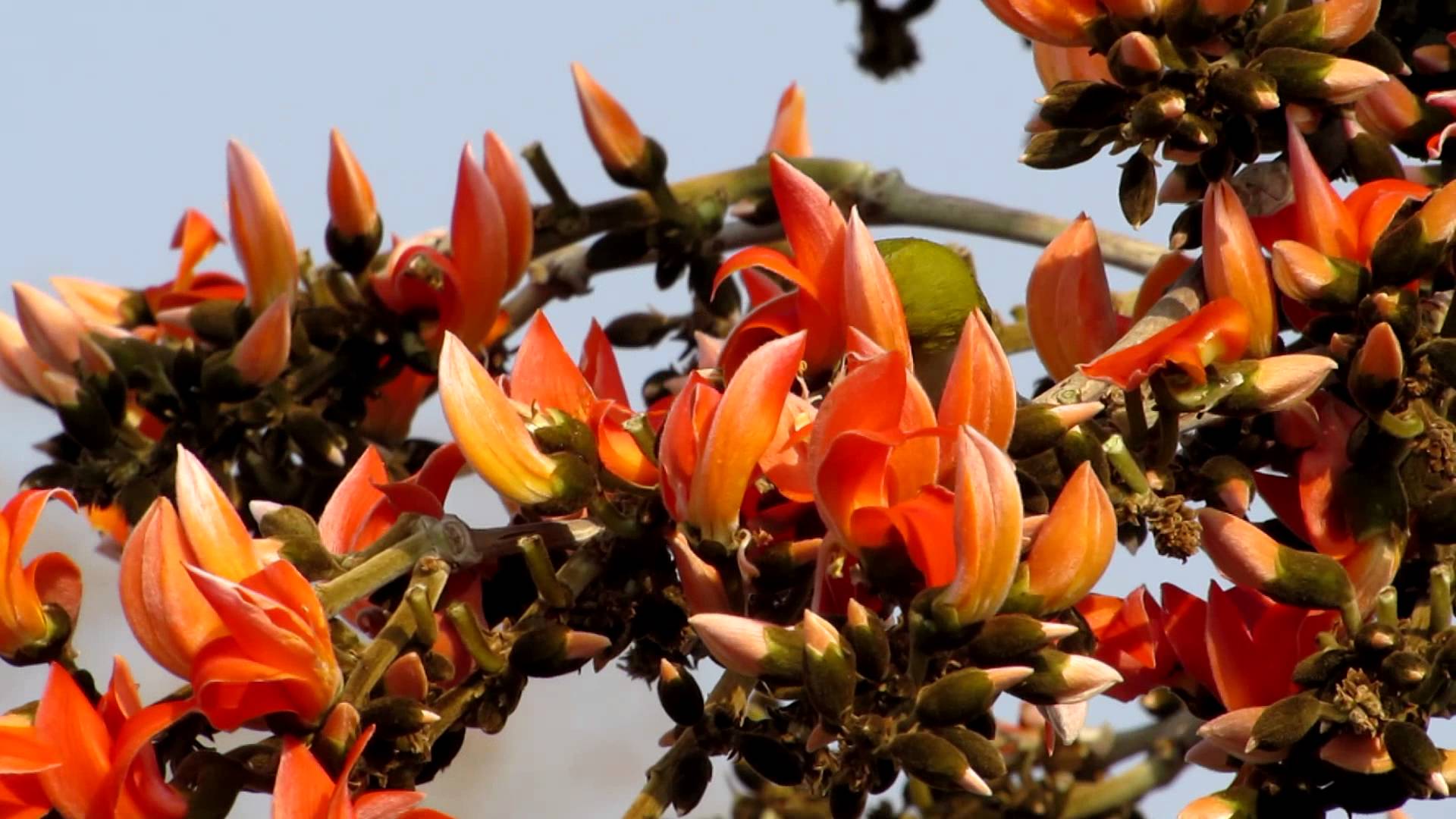
Butea monosperma

Mesua Ferrea – नाग केसर – [Naag Keshar]
Mesua ferrea
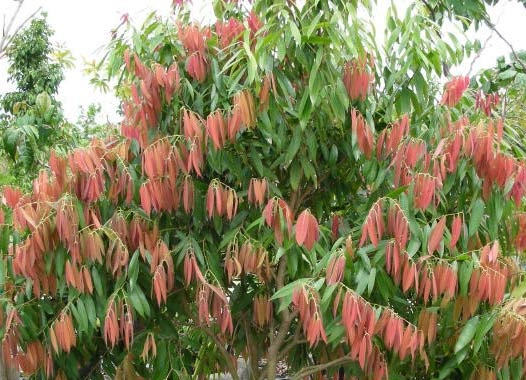
Mesua ferrea





